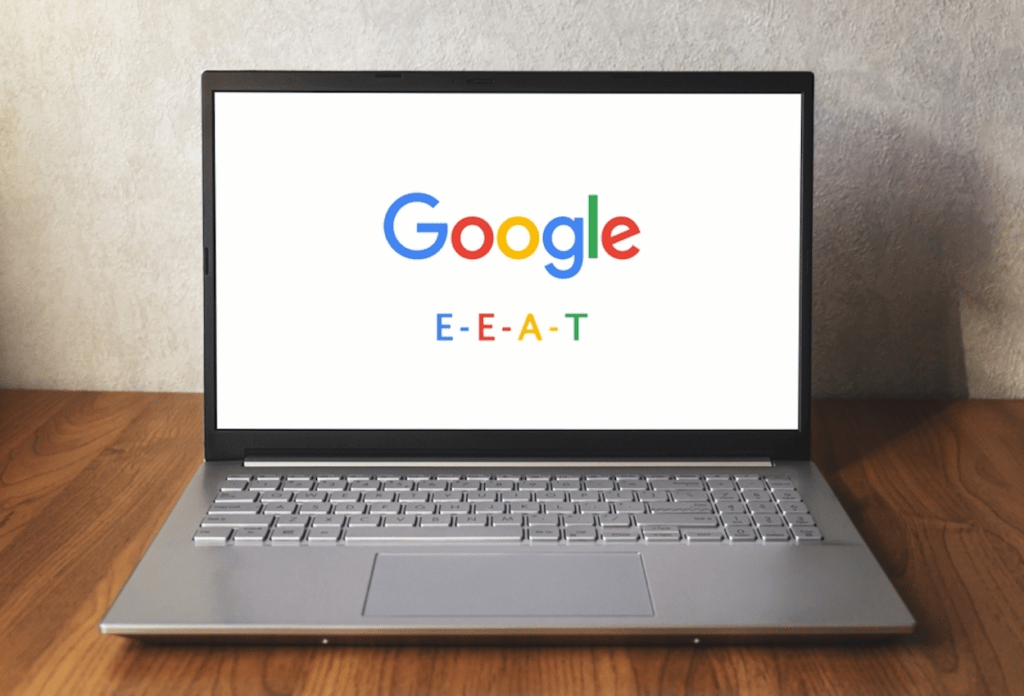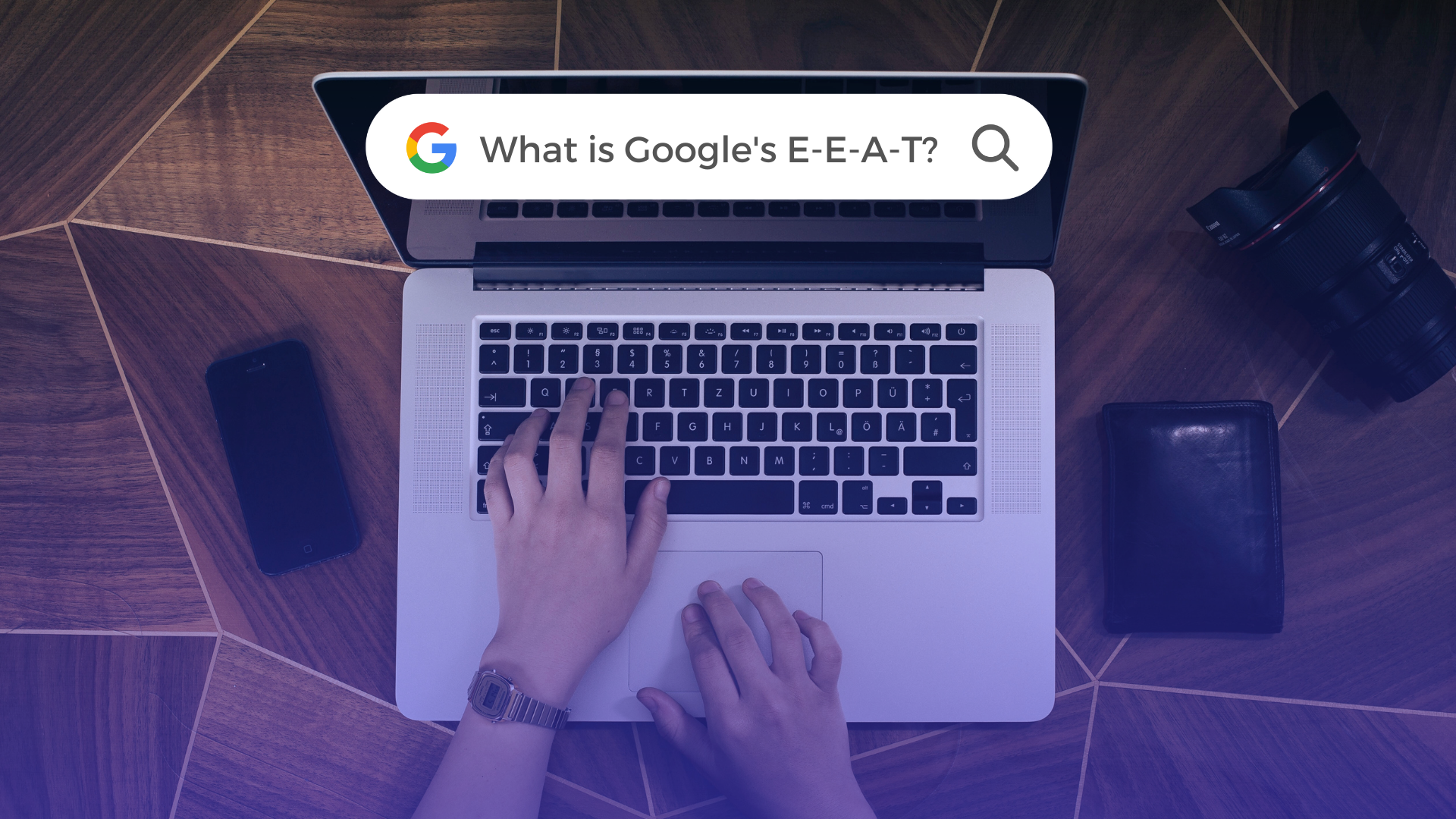Google’s EEAT Guidelines: How to Improve Website Authority in 2025
Introduction
EEAT (Experience, Expertise, Authoritativeness, Trustworthiness) is a game-changer for websites trying to rank higher on Google in the constantly evolving field of SEO. Businesses must adhere to EEAT standards in order to build reputation and improve their search visibility as search algorithms become more intelligent.
So, how can you raise the EEAT of your website in 2025? Let’s dissect it in detail.

Understanding EEAT: Breaking Down the Acronym
Experience: The New “E” in EEAT
In order to determine whether the content producer has firsthand expertise of the issue, Google created “Experience” in late 2022. Websites offering first-hand knowledge, such as case studies, user evaluations, or original research, are ranked higher.
Expertise: Establishing Niche Authority
The degree of knowledge possessed by the content developer is referred to as expertise. Google prefers content authored by recognized experts, professionals in the field, or those with in-depth subject expertise.
Authoritativeness: How Google Measures Credibility
Authority refers to how well-known your author or website is in the field. Citations from reliable sites, media mentions, and high-quality backlinks reinforce this component.
Trustworthiness: The Most Important Factor
Google gives priority to reliable websites based on factors including security, accuracy, and transparency. Websites with verified business information, clear privacy policies, and HTTPS perform better.
Why Google’s EEAT Guidelines Matter in 2025
Why Google’s EEAT Guidelines Matter in 2025
Google’s Evolving Ranking Factors
Helpful, dependable, and user-first information are now given priority by search engines. EEAT reduces spam and false information by ensuring that users obtain high-quality information from reliable sources.
The Impact of EEAT on Search Visibility
- Higher ranks correspond to greater credibility.
- Increased conversions from interested viewers
- Enhanced organic reach and brand recognition
How to Improve EEAT for Your Website
1. Build High-Quality Content
- Write articles that are thorough, thoroughly researched, and supported by facts.
- Provide statistics, expert opinions, and reliable references to back up your arguments.
- Update out-of-date content frequently to keep it current.

2. Demonstrate Real Experience
- Include testimonials, real-world case studies, and first-hand accounts.
- Instead of using stock photos, use your own images and videos.
3. Strengthen Author Profiles
- Display the credentials, experience, and social evidence of the author.
- Connect author biographies to industry pages, Google Scholar, or LinkedIn.
4. Get High-Authority Backlinks
- Get links from reliable news sources and industry websites.
- Steer clear of useless or spammy backlinks.
5. Optimize for Google’s Quality Raters
- Observe the Search Quality Evaluator Guidelines provided by Google.
- Provide accurate, well-structured, and helpful content.
6. Display Clear Contact and Ownership Information
- Include pages for the privacy policy, contact information, and about us.
- Show off your company information and author biographies.
7. Improve Website Security and UX
- Make sure the page loads quickly and is optimized for mobile.
- Make use of secure payment gateways, data encryption, and HTTPS.
8. Encourage Genuine Reviews and Testimonials
- Request Yelp, Trustpilot, or Google reviews from your clients.
- Showcase success stories and user-generated material.
9. Leverage Social Proof and PR
- Obtain mentions in industry blogs, podcasts, and the media.
- For credibility, interact with audiences on social media.
10. Implement Schema Markup for Better SEO
- Highlight authors, frequently asked questions, and reviews using structured data.
- Improve Google’s comprehension of your content.
EEAT and AI-Generated Content: A Double-Edged Sword
The Role of AI in Content Creation
Google continues to value human expertise despite the fact that AI is transforming content creation. AI content needs to be reviewed, fact-checked, and compliant with EEAT regulations.
How to Ensure AI Content Meets EEAT Standards
- Combine the effectiveness of AI with human knowledge.
- Add human thoughts and confirm facts.
- Don’t rely too much on automatic tools.
Common Mistakes to Avoid When Implementing EEAT
Ignoring Author Credibility
Authors who are unidentified or anonymous undermine authority and trust.
Using Low-Quality Backlinks
Rather than improving ranks, backlinks from spammy websites lower them.

Overlooking Trust Signals
Trustworthiness is diminished by the absence of contact information, privacy rules, or HTTPS.
The Future of EEAT: What’s Next?
Predictions for EEAT in 2026 and Beyond
- Search ranking AI detection will get better.
- Participation on social media might have a greater impact on EEAT.
- Experience-driven, real content will be given priority by Google.
How to Stay Ahead in SEO
- Pay attention to case studies and real-world experience.
- Establish a solid reputation and authority online.
- Continually adhere to Google’s quality standards.
Conclusion
In 2025, increasing your website’s EEAT calls for user-first design, credibility, and authenticity. You may create a reliable, authoritative website that ranks higher and draws in a devoted following by adhering to these rules. In 2025, increasing your website’s EEAT calls for user-first design, credibility, and authenticity. You may create a reliable, authoritative website that ranks higher and draws in a devoted following by adhering to these rules.
FAQs
1. How does EEAT impact SEO rankings?
Rankings and visibility are directly impacted by the legitimacy of the content, which is influenced by EEAT.
2. Can AI-generated content meet EEAT guidelines?
Yes, provided that it complies with expertise criteria and is fact-checked and human-reviewed.
3. How do I improve my website’s trustworthiness?
Make use of HTTPS, show contact information, and maintain openness.
4. Does EEAT apply to all types of websites?
Yes, but in YMYL (Your Money, Your Life) areas like finance and health, it’s essential.
5. How often should I update my content for EEAT?
Frequent updates guarantee accuracy, relevance, and higher rankings.







